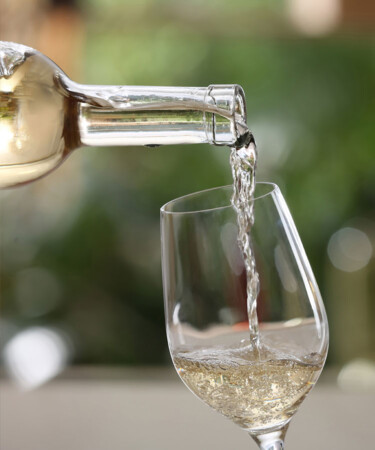A recent study published in the Journal of Food Science found that an “electronic tongue” outperformed a panel of human tasters in detecting faults in white wine. This research is part of ongoing studies on the e-tongue technology, which was previously mostly tested on red wines.
In the experiment, conducted at the School of Food Science at Washington University, researchers added microbes associated with spoilage to Riesling wines to be compared with control samples that have no faults. The tasting panel went through a brief training before the test began, learning how to spot different aromas in wine from pleasant aromas like apples and honey to the undesirable notes of vinegar and nail polish remover.
The panel went head to head against the e-tongue, testing the wines in seven-day intervals over a 42-day storage period. The e-tongue detected differences in each of the four wine spoilage microorganism treatments after just seven days of storage, whereas the tasting panel only detected significant differences in the wines after 35 days of storage. Overall, the artificial tasting technology trounced the human tasters by a margin of 28 days.
The results of the study reveal that the e-tongue is more sensitive to the faults than the tasting panel, and could operate without sensory fatigue. The researchers also noted that the e-tongue was able to identify the signs of microbial spoilage before the microbes from the wine could grow in a petri dish, suggesting this new technology could be the quickest way to detect issues in the wine. This could have implications for winemakers looking to prevent spoilage in their wines.
“If you ran a sample using the electronic tongue, we could learn after one week if there’s contamination or a wine fault problem, versus waiting up to four weeks running just sensory testing,” Carolyn Ross, an author on the study, stated in a press release. “It’s really helpful with understanding wine quality.”
